Grab This FREE Training Schedule Template to Keep Teams on Track
Create smarter learning programs with our free training schedule template. Plan sessions, assign trainers, and track progress with ease.
Create smarter learning programs with our free training schedule template. Plan sessions, assign trainers, and track progress with ease.

Creating a training program can be overwhelming, especially when juggling multiple employees, courses, and deadlines.
Without a clear plan, important training topics get missed, learning becomes inconsistent, and progress stalls. That’s where a training schedule template comes in. It helps organize sessions, track completion, and ensure employees get the right training at the right time.
In this guide, you’ll learn what a training schedule is, what makes one effective, how to create your own, and get access to a free, ready-to-use template to streamline your learning programs and boost results.
A training schedule is a structured plan that outlines when, where, and how employee training sessions will take place. It serves as a roadmap for learning & development (L&D) teams to organize and manage training activities efficiently.
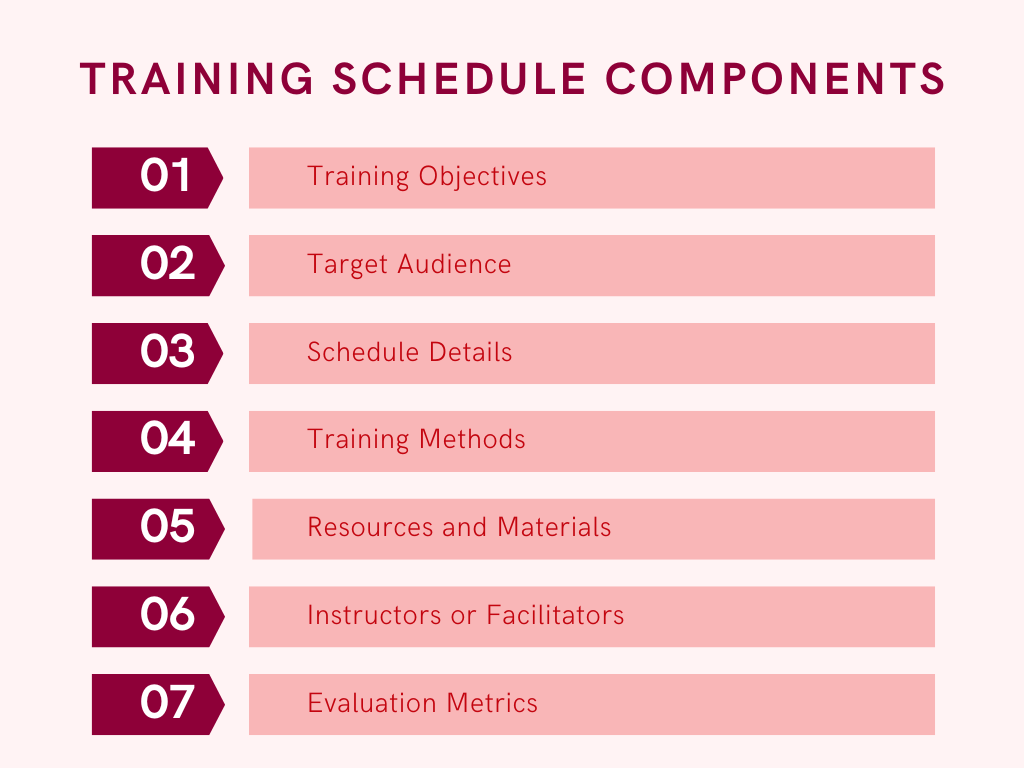
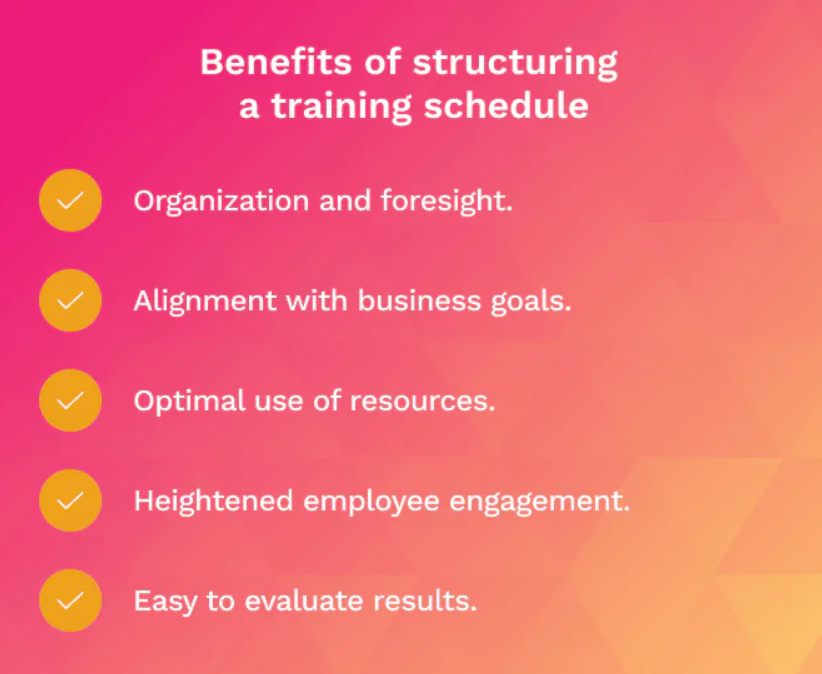
A good training schedule makes learning organized, efficient, and effective. It ensures employees receive the right training at the right time without overwhelming them or disrupting workflow.
A training schedule ensures employees get the right learning at the right time, keeps training organized, and aligns sessions with business goals. However, building one involves more than picking dates. It requires mapping objectives, audience needs, delivery methods, and follow-up to maximize impact.
Here’s how to create a training schedule that actually works:

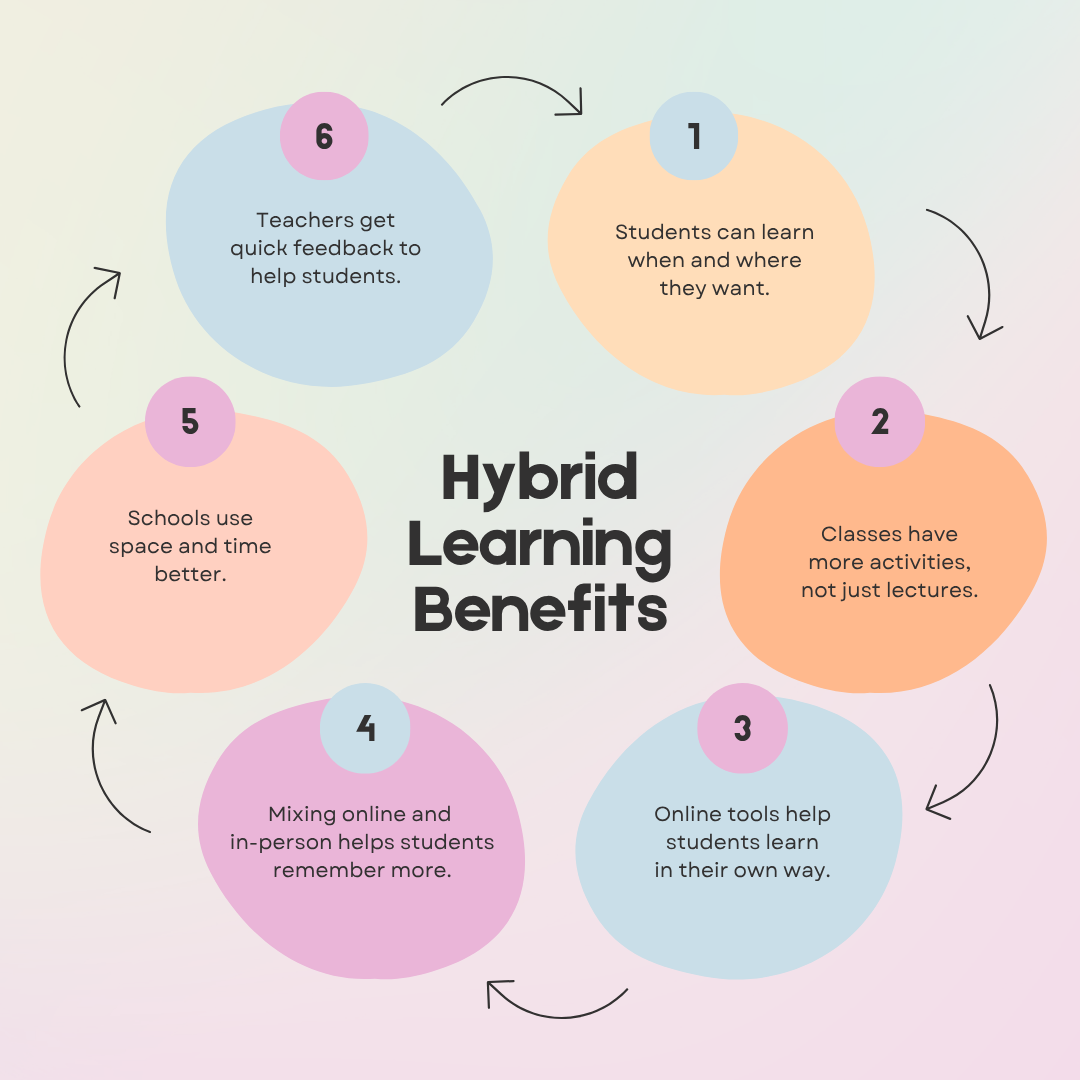
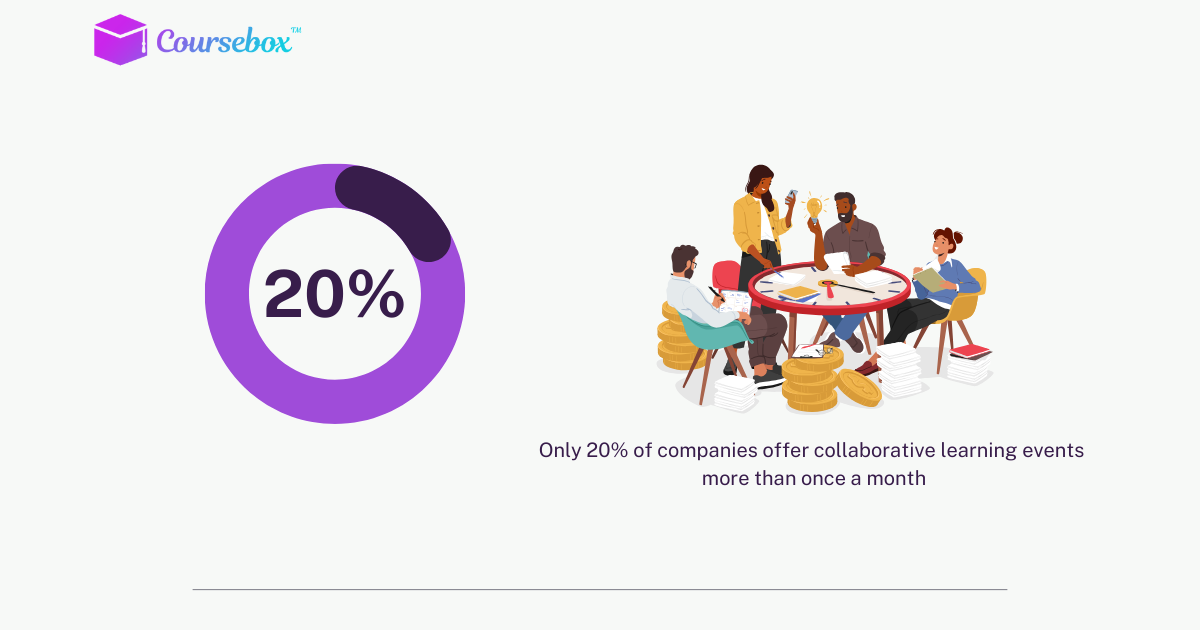
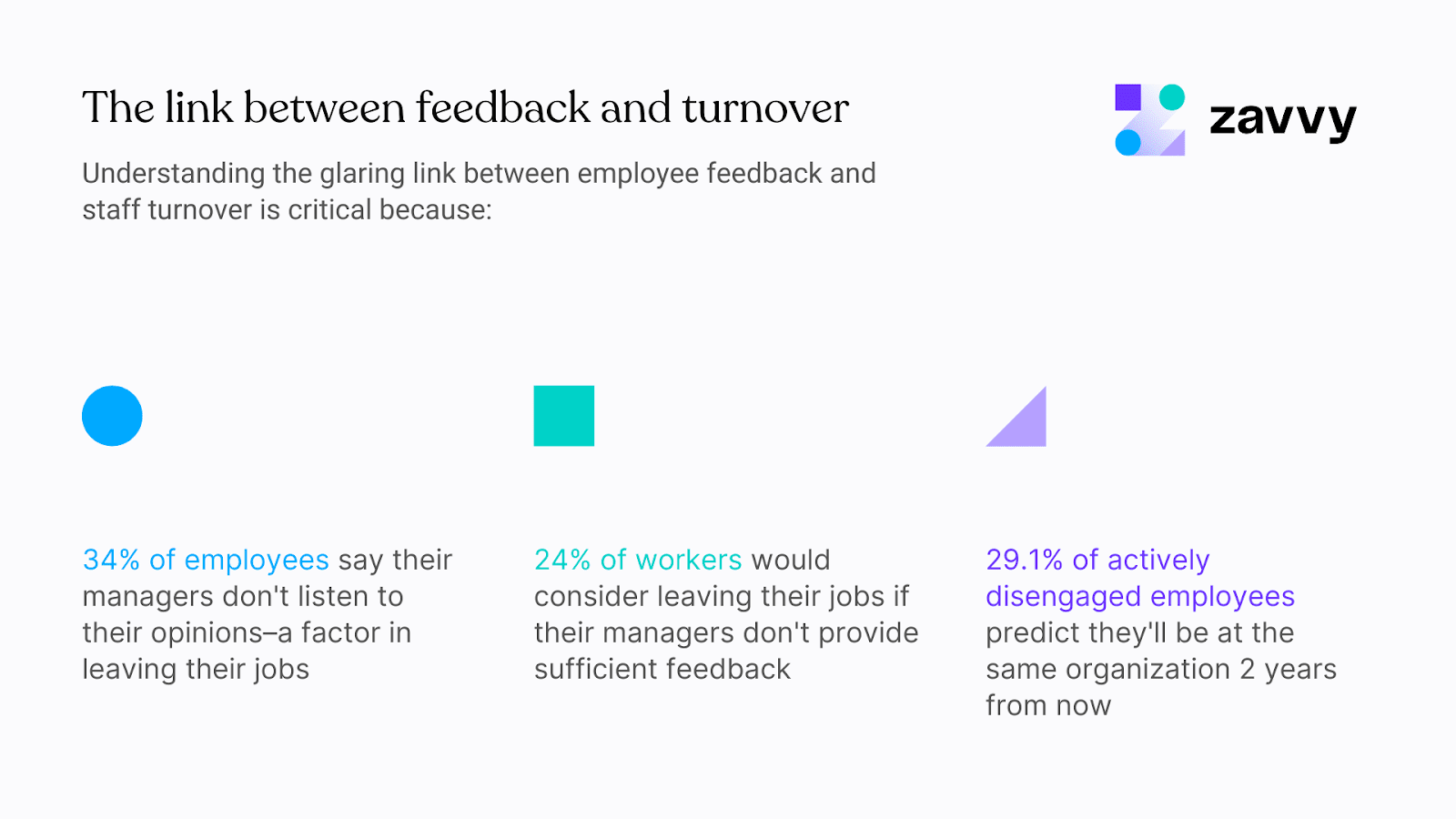
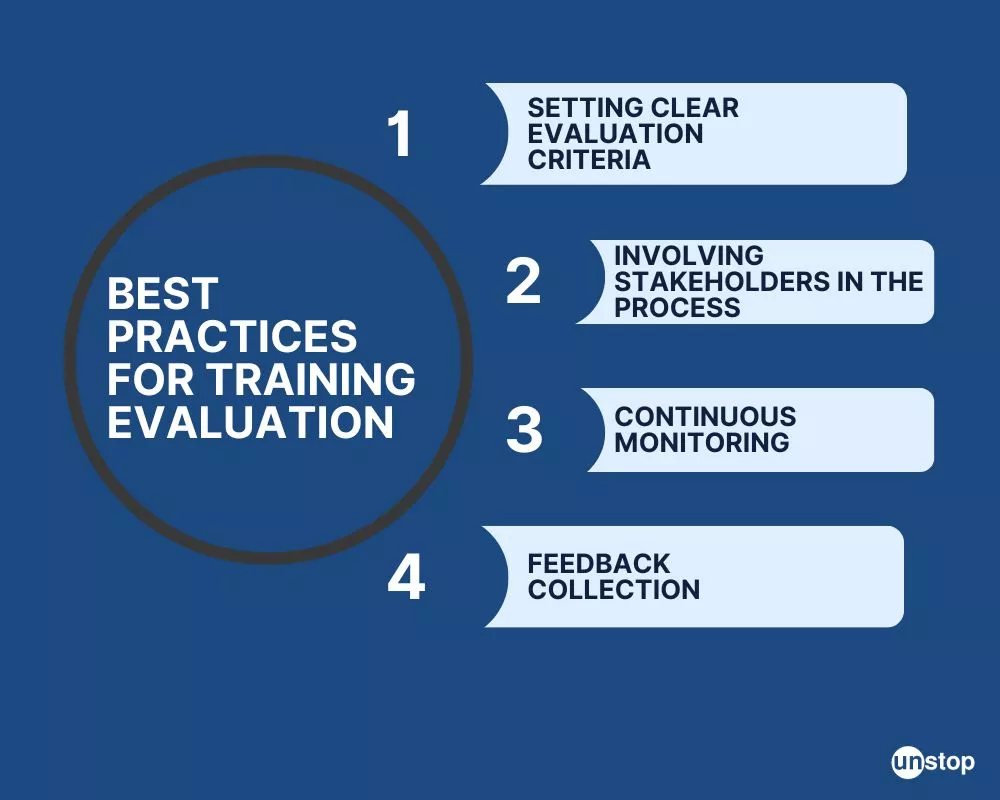
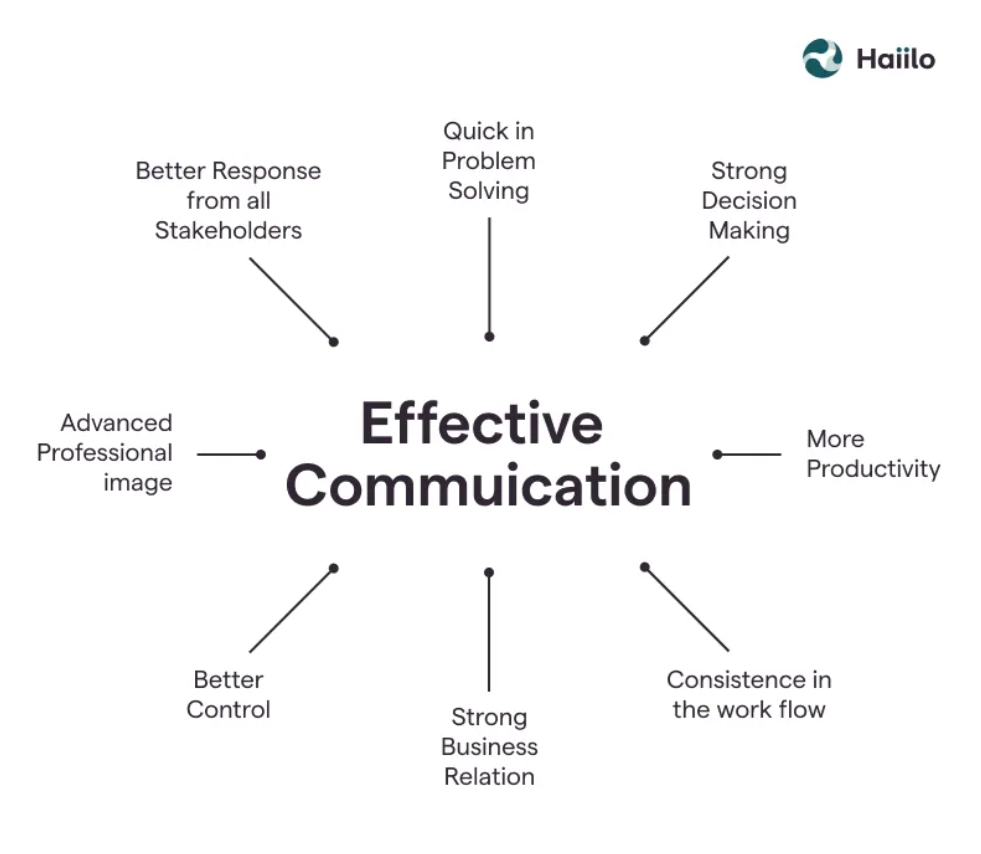
Use this practical template to plan, organize, and track employee training efficiently:
Template Structure:
Tips for using our simple training schedule template:
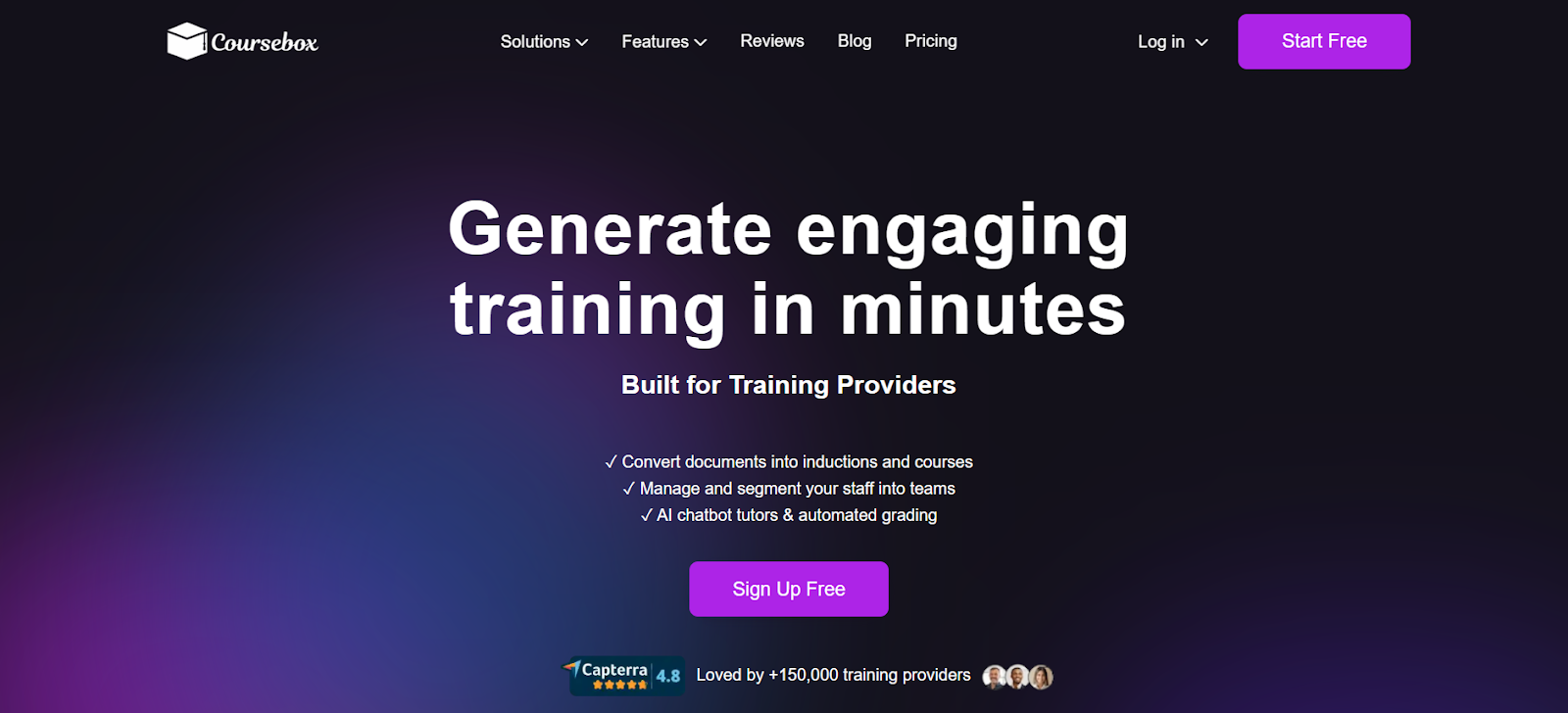
A well-structured training schedule turns scattered sessions into a clear plan, making sure employees get the right training at the right time and that learning supports business goals.
To do this, you need clear objectives, audience focus, timing, delivery methods, SME involvement, workflow integration, feedback, and ongoing improvement. This keeps training useful and results-driven.
Tools like Coursebox AI make it easy: SMEs create content directly, employees access materials anytime, and HR tracks progress in one platform.
Book a demo today and make training easier and more effective.
A training schedule should align sessions with business goals, employee roles, and learning objectives. Include dates, times, topics, audience, delivery methods, trainers, resources, and KPIs. Segment by team or location and plan recurring sessions to reinforce key skills while balancing workload and engagement.
Start by defining training objectives and identifying skill gaps. Segment employees by role, plan session timing, choose delivery methods, involve subject-matter experts, and integrate feedback loops. Track outcomes and adjust the schedule continuously to ensure learning stays relevant, practical, and aligned with company priorities.
A good training schedule balances frequency, duration, and content relevance. It spaces sessions to allow practice and retention, uses multiple delivery methods, targets specific audiences, and tracks measurable outcomes. Clear communication, recurring refreshers, and alignment with business goals ensure maximum engagement and ROI.
Create columns for Date, Time, Topic, Audience, Delivery Method, Trainer, Resources, and KPIs. Use filters and color-coding to track sessions by team or priority. Include recurring sessions, highlight key milestones, and use formulas to monitor completion rates and participation metrics.
A training plan format outlines objectives, target audience, topics, delivery methods, schedule, resources, trainers, and success metrics. It defines the “why” and “what” of training, while a training schedule handles the “when” and “how,” ensuring learning programs are organized, trackable, and goal-oriented.
The 5-4-3-2-1 method is a sensory-based approach often used in onboarding and skill retention. It engages five senses to reinforce learning: see, hear, touch, smell, and taste (or equivalent practical actions), helping learners retain knowledge faster through multisensory, hands-on experiences.
